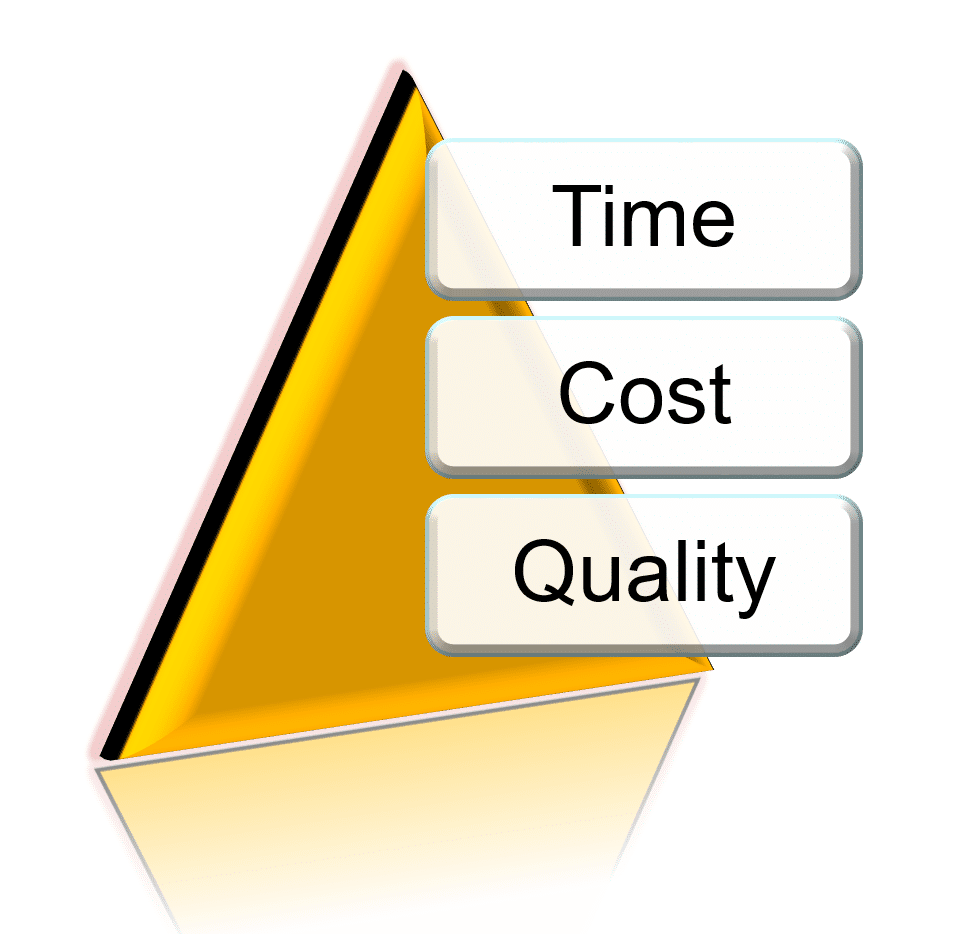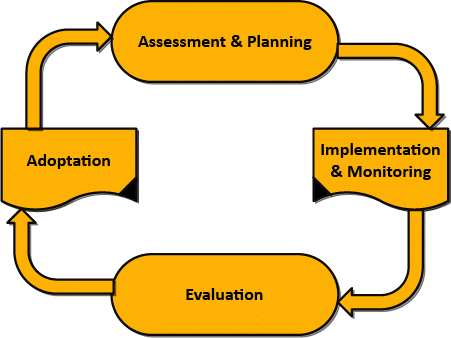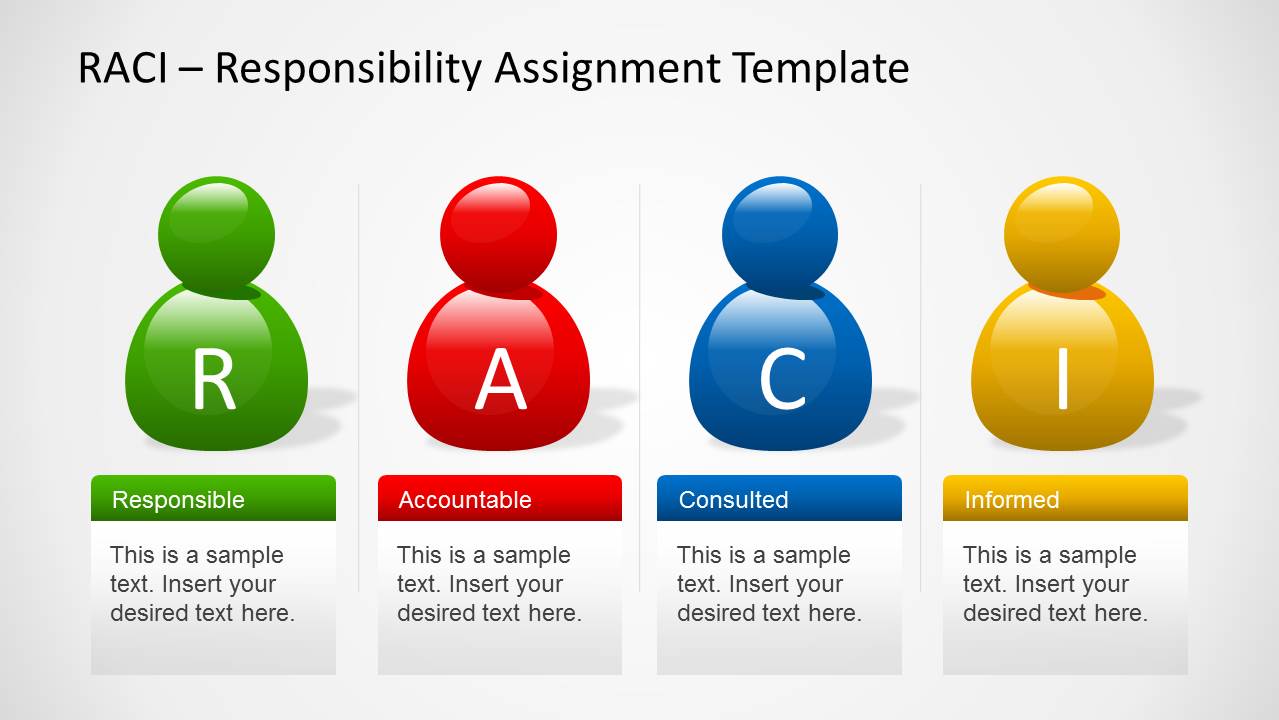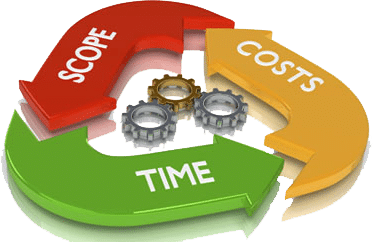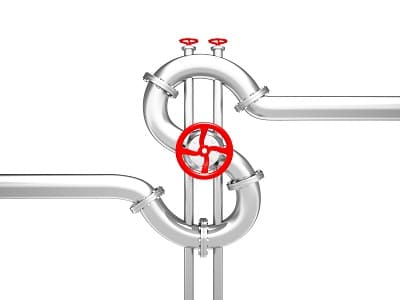Benefits of Project Management
 Project management was developed to save time by properly planning a project and considering all relevant factors which may affect its outcome. The benefits have been proven - it saves time and money - and generates a more successful outcome …. if guidelines are followed How does project management benefit you?
Project management was developed to save time by properly planning a project and considering all relevant factors which may affect its outcome. The benefits have been proven - it saves time and money - and generates a more successful outcome …. if guidelines are followed How does project management benefit you?
- You will have goal clarity and measurement
- Your resources will be coordinated
- Your risks will be identified and managed
- You will increase the possibilities of time savings
- You will increase the possibilities of cost savings
- You will increase the possibilities of achieving the agreed outcome.
- You will increase the possibilities to deliver projects successfully
IMPROVE QUALITY
Decision-making routes and processes are clearly defined Deadlines, costs and resources are controlled systematically All processes in the project management activity chain are coordinated to ensure they remain in harmony with one another The result will help you to get:
- more speed
- greater flexibility
- improved quality
EXECUTION STRATEGY
- Development and Team Building with highly skilled International professionals for Advanced Group Project Management Team.
- Prepare new integrated project schedules for all parts that realistically achievable.
- Review "Professional Services Automation (PSA)" and "PCM (Project Cycle Management)" reporting and communication system.
- Professional Services Automation (PSA) enables professional workers to manage and execute some or most tasks associated with their jobs. PSA is designed for a services industry that relies on the management of knowledge and information in order to provide services to clients or other businesses.
- The Project Cycle consists of four stages: assessment and planning, implementation and monitoring, evaluation, and adaptation. Each stage has its own characteristics and requires specific knowledge and skills.
EXECUTION STRATEGY
Review / Verify Project Procedures Check the accuracy of reporting progress Improve project reporting process Review related Processes and Procedure Review / Improve the exiting project organization(s) for effectiveness Review and implement project management coordination procedures. The Project Cycle consists of four stages:
- assessment and planning,
- implementation and monitoring,
- evaluation
- adaptation
R.A.C.I CHART
- Responsible – Who is completing the task.
- Accountable – Who is making decisions and taking actions on the task(s).
- Consulted – Who will be communicated with regarding decisions and tasks.
- Informed – Who will be updated on decisions and actions during the project.
Integrated the project schedule to ensure the timely completion of the overall project:
- Identity the overall project critical path
- Prepare a risk analysis of all project phases
- Review change control processes and procedures
- Review document control processes and procedures
TIME MANAGEMENT
- Planning for Schedule Elements will include:
- Project detail time schedule
- WBS (Work Breakdown Structure) is a key project deliverable that organizes the team's work into manageable sections and PMS (Project Management System) is the facilitative organizational subsystem or the organizational arrangement that is used to superimpose the project teams on the functional structure. The resulting “matrix” organization portrays the formal authority and responsibility patterns and the personal reporting relationships aimed at providing an organizational focal point for starting and completing specific projects.
- Project cash flow review
- Manpower Histograms
- (Project S-Curves) is a project management tool that tracks progress over time and allows for a quick visual to determine project status. As the project continues and the s-curve grows, the graph will turn into an historical representation and allow for quick comparison to actual data. (Project S-Curves Overall and by WBS)
- Analytical Reporting
Monitoring and Control
- 2WLA - 2 weeks look ahead detailed schedule
- 3 WLA - 3 months look ahead schedule
- Analytical reporting to control variances
- Control of critical path to mechanical completion
- Update schedules
Cost Management
- Review and revise the cost management system
- Review and verify the following procedures:
- Cost Estimating
- Budgeting
- Cost Accounting
- Invoicing
- Analysis and reporting of project cost including:
- Performance reports
- Status reports
- Projection reports
- Exception reports
Communication Management
- Close up of colorful tangled wires
- Coordination
- Review Management Organization Chart and prepare RACI Chart to improve coordination
- Information Distribution
- Reporting Procedure Set Up Regular Review Meetings:
- Project Coordination Meeting
- Project Management Meeting
- Project Planning Meeting
- Project Cost Meeting
- Contracts Meeting
Procedure review and improvement:
- Communication procedure outline to be followed between Clients and their subcontractors
- Planning an Project Control Procedure
Risk Management
- Prepare Risk Management Plan
- Risk Identification
- Risk Analysis on total project
- Risk Response Planning
- Risk Monitoring and Control
Benefits of the Monitoring & Controlling
- Businessman hand draws success words on whiteboard
- people cogs
Key Tasks
- Scope Verification and Change Control
- Schedule ControlCost Control
- Quality Control
- Performance Reporting
- Risk Control
- Contract Administration
- Complete Monitoring and Controlling Phase Review

